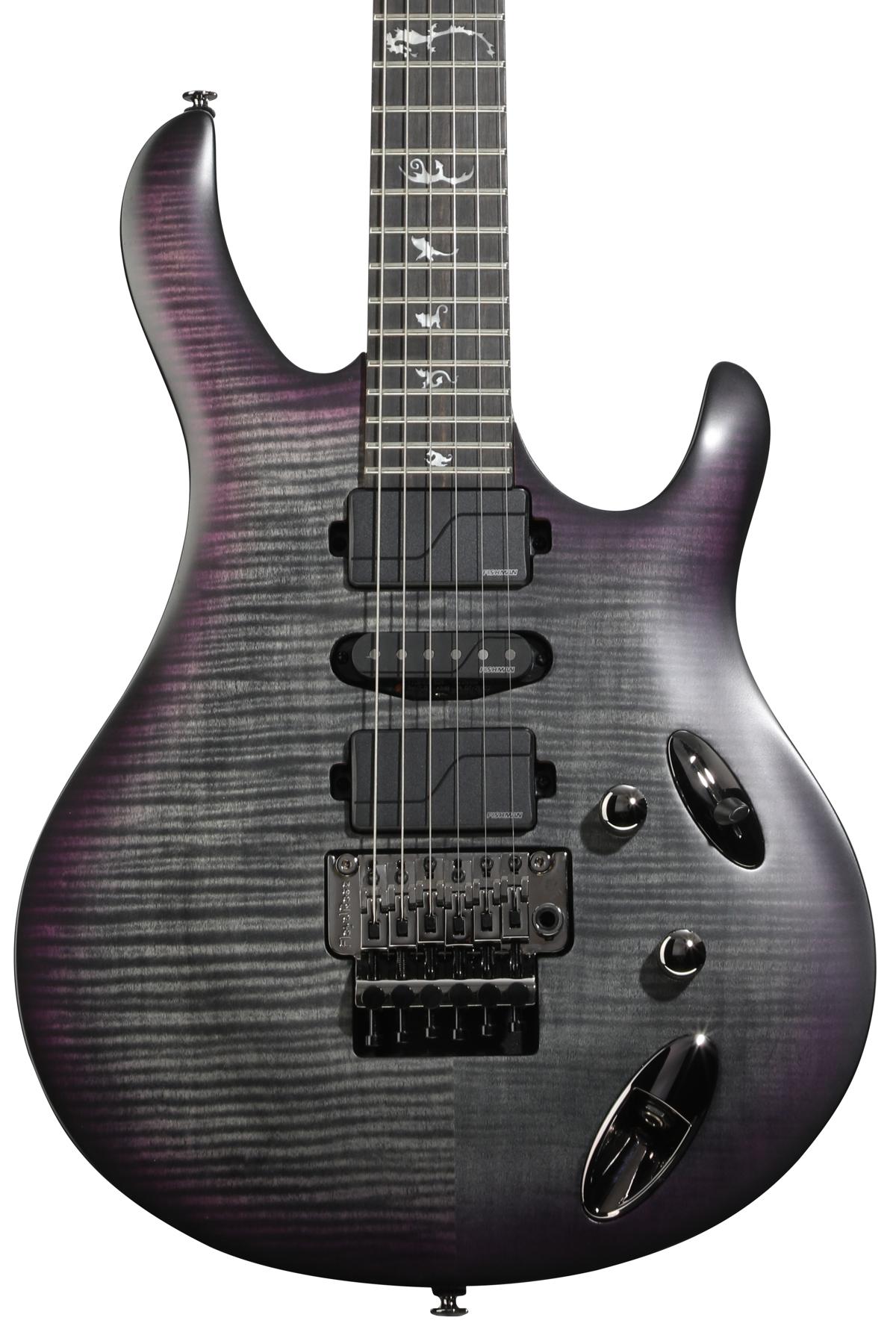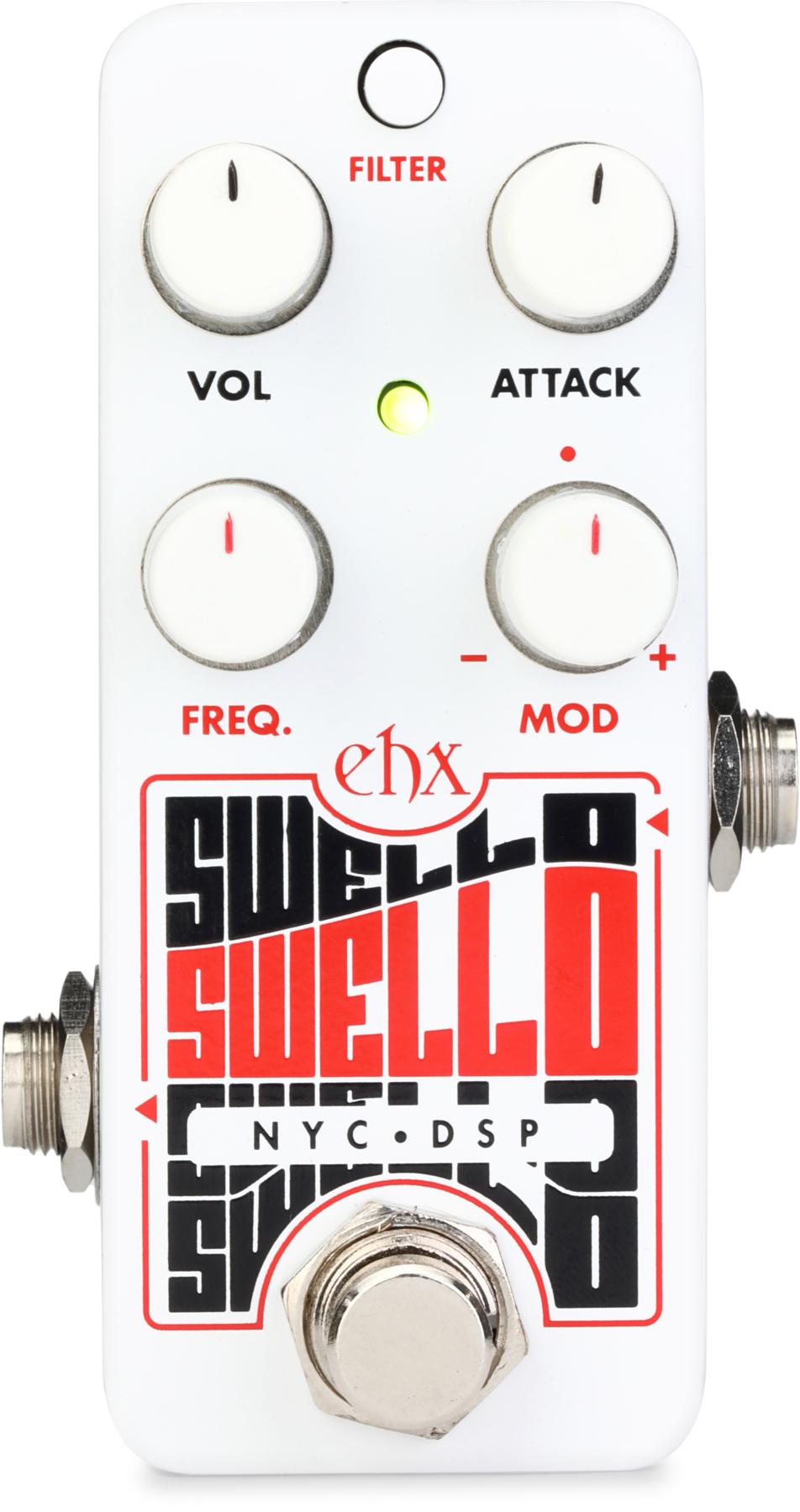 from Steve Eckels' Mastering Fingerstyle Acoustic Guitar |
Lower the 6th string E two whole steps to C.
Match the open 5th string to the 5th fret of the 6th string.
Match the open 4th string to the 7th fret of the 5th string.
Match the open 3rd string to the 7th fret of the 4th string.
Match the open 2nd string to the 2nd fret of the 3rd string.
Match the open 1st string to the 5th fret of the 2nd string.
String intervals: 4th, 5th, 5th, 2nd, 4th.
| Listen |  |
In the A section of "Global Unity," drum on the strings with the fingers of the right hand where indicated with the X’s. In the B section, pluck the strings close to the bridge (ponticello). In the C and E sections, some harmonics are sounded by placing the i finger at the desired fret and plucking with the a finger (i/a). In the E section, lightly drum on the strings with the 4th and 3rd fingers of the left hand where indicated with the X’s. In the F section, use the wrist of the right hand to drum against the neck just above the soundhole where indicated with the X’s.
Observations by section:
A - Two stopped, or fretted, strings (4/2) and (1/2)
B - Two stopped strings (6/4) and (4/2)
C - Three stopped strings (5/4/2)
D - Two stopped strings (5/1) and (6/4)
E - Two stopped strings (1/2) create a left hand ostinato while the right hand plays harmonics and tapped triple stops
F - Two stopped strings (4/2) as part of a strum pattern.













![Rig Rundown: Russian Circles’ Mike Sullivan [2025]](https://www.premierguitar.com/media-library/youtube.jpg?id=62303631&width=1245&height=700&quality=70&coordinates=0%2C0%2C0%2C0)









